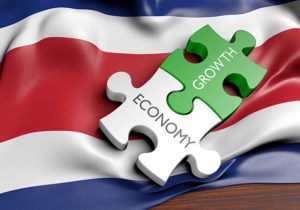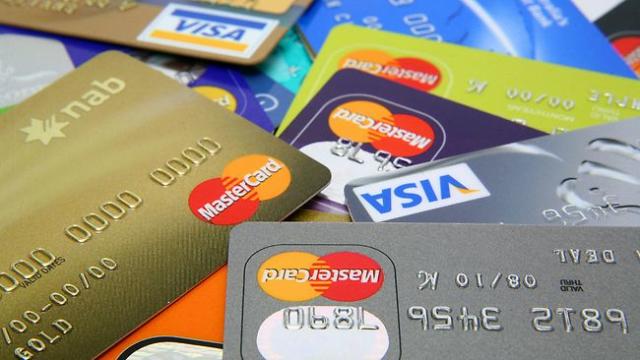In a situation such as the one currently experienced by Costa Rica, one of the ways to boost the economy is to increase the Government’s Capital Expenditure in ports, highways and roads, according to Luis Diego Herrera, an economic analyst at Grupo Financiero ACOBO, who explained that investment in public infrastructure helps to counteract the brake of spending on the private part.
“The money to build is already approved through loans with international organizations that are only waiting to be executed, so they can be used to make more investment in infrastructure”, said Herrera. He added that in order for the country to grow its economy, it is important not to reduce capital expenditure since such spending improves the competitiveness of the economy as a whole and generates positive externalities on it. For this reason, the fact that, with data accumulated to November 2018, this item shows a fall of 13.77% in the income and expenditure accounts of the Central Government, this behavior should be the opposite.
In addition, the analyst commented that “in the short term we do not see a very dynamic Costa Rican economy. The country still has to carry out fiscal reforms to reduce spending, consumption via credit, and will not show the previous levels with respect to the world economy and will have a rather moderate growth”.

On the other hand, Herrera considers that a concern for this year is that it is already reaching a cap on the debt capacity, which together with the uncertainty that exists, has seen a slowdown in the country’s production, just as indicated by the Central Bank of Costa Rica (BCCR) in its report: Current Evolution of GDP.
For the economic analyst of Grupo Financiero ACOBO, the debt situation, in general, is worrying because it limits people’s ability to invest because a big part of their monthly income has to be used to pay a debt, which reduces their ability to purchase goods and services. or attend an emergency.
“In the aggregate, this causes private consumption in the economy to slow down, slowing the rate of growth of the Gross Domestic Product (GDP) as people consume less, causing companies to start producing less, reducing the level of employment and, consequently, the sources of disposable income”, said the economist.
The high level of indebtedness is explained by the low-interest rates in dollars present in the economy in recent years, the stability of the exchange rate, which caused many people to acquire credits in dollars without being generators of them, and the easy access that people have to credit cards.

However, this context has been changing in recent months, resulting in increases in interest rates in dollars (US$) and colones (₡), as well as a rise in the exchange rate. Precisely, for 2019 it is expected that this upward trend in the exchange rate and interest rates will continue given the need for resources by the Government as well as greater private demand for credit. In addition to these, the economic analyst expects that inflation in the country will be reduced thanks to lower oil prices and lower domestic demand, which does not put at risk compliance with the inflation target of the BCCR (3 ± 1%).
The analyst also commented that regarding the economic growth of Costa Rica in 2019, it could be expected to be close to 3.0%, taking into consideration the recent behavior of household consumption, the need to moderate the cost of the government given the delicate fiscal situation and the expectations of a slowdown in the global economy.
With regard to this last point, it should be noted that the US Federal Reserve in its latest projections indicated that the US GDP would slow down in 2019 and the growth projections of China (6.2% in 2019) would show a lower rate of economic growth.
Herrera commented that the economy of Costa Rica in 2018 faced an international environment characterized by the normalization of monetary policy in the United States (increase in reference interest rates) and Europe, high volatility in international financial markets, an increase in the price of oil and political tensions between the United States and China.
Internally, the level of inflation remained within the target range (2.0%), the exchange rate was devalued (6.9%), the fiscal deficit was maintained, the level of debt increased and the internal product was slowed down.
The local environment highlighted the level of uncertainty and the cap on the level of indebtedness of Costa Rican households. The first of these elements generated, during the presidential electoral period and at the end of the year during the process of approval of the Law of Strengthening of Public Finances, the devaluation of the nominal exchange rate due to the search for refuge by investors.


